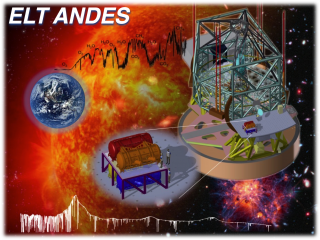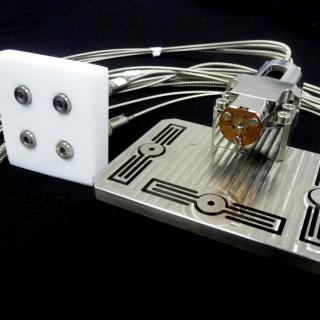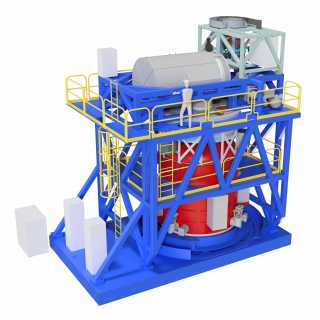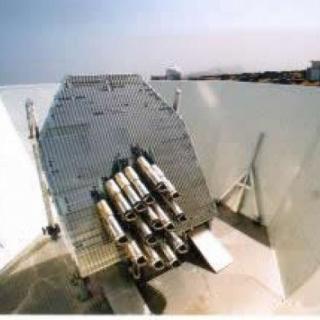General
HARPS3 is being developed as part of the Terra Hunting experiment (a future 10-year radial velocity program to discover Earth-like exoplanets). The instrument design is based on the successful HARPS spectrograph on the 3.6m ESO telescope and HARPS-N on the TNG telescope. The main changes in the design of HARPS3 will be:
- a custom fiber adapter in the Cassegrain spotlight providing a stabilized beam feed and a diameter of 1.4 arcsec in the sky,
- the implementation of a new continuous ow cryostat to keep the CCD temperature very stable,
- detailed characterization of the HARPS3 CCD to map effective pixel positions and thus provide an improved solution of wavelength accuracy,
- an integrated and optimized polarimeter and the instrument integrated in the robotic operation of the telescope.
The robotic operation will optimize our observation program that requires that the target stars be measured on a daily basis.
Main Co-Investigador at IAC.: jonay [at] iac.es (J. González).
Manager at IAC.: mplasenc [at] iac.es (M. Amate).
Consortium
- University of Cambridge (UK)
- Instituto de Astrofísica de Canarias (Spain)
- University of Exeter (UK)
- University of Geneva (Switzerland)
- NOVA (Netherlands)
- University of Uppsala (Sweden)
- The Simons Foundation (USA)
- Princeton University (USA)
- University of Oxford (UK)
- Queen's University of Belfast (UK)
IAC Participation (Work Packages)
The IAC as a member of the HARPS3 consortium collaborates by adapting the INT Coudé room to house the instrument in conditions of high stability.
For this, it will modernize the supplies available in said room: electricity, data network, lighting, compressed air, glycol water, etc. It will also design and supply a control system and infrastructure for environmental conditions that guarantees high temperature stability.
(Responsible: jpc [at] iac.es (J. Peñate)).
Members
News






